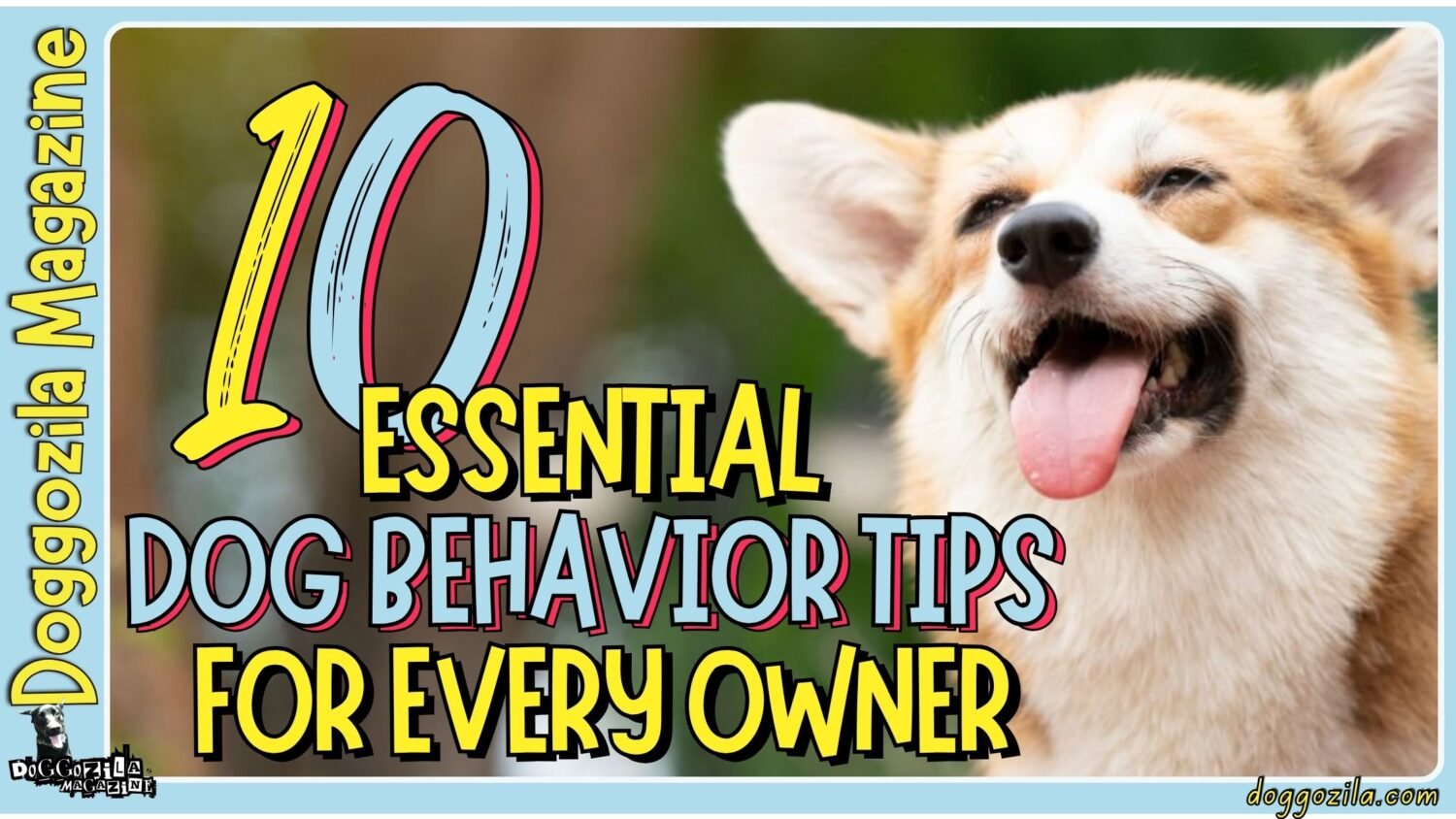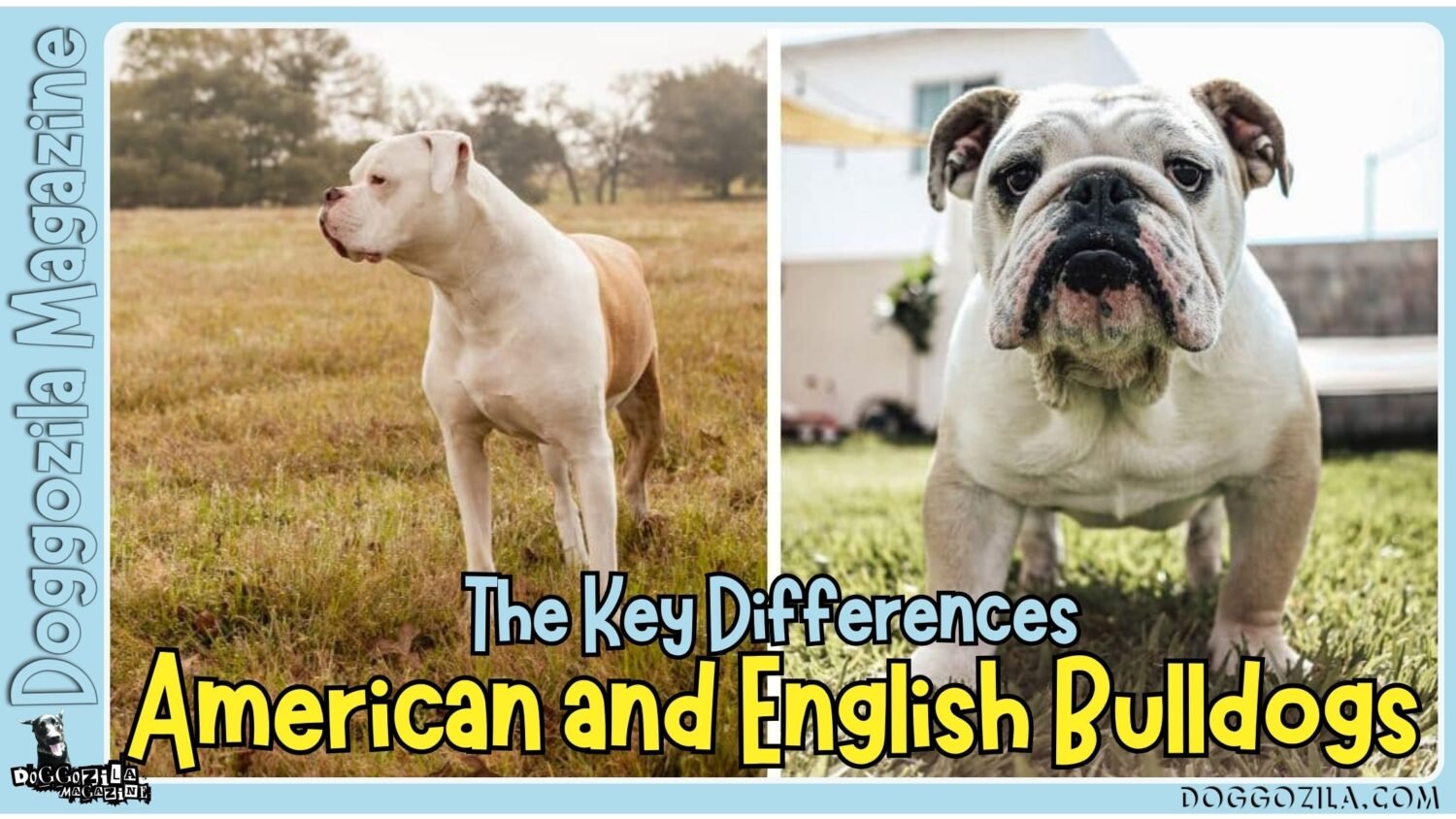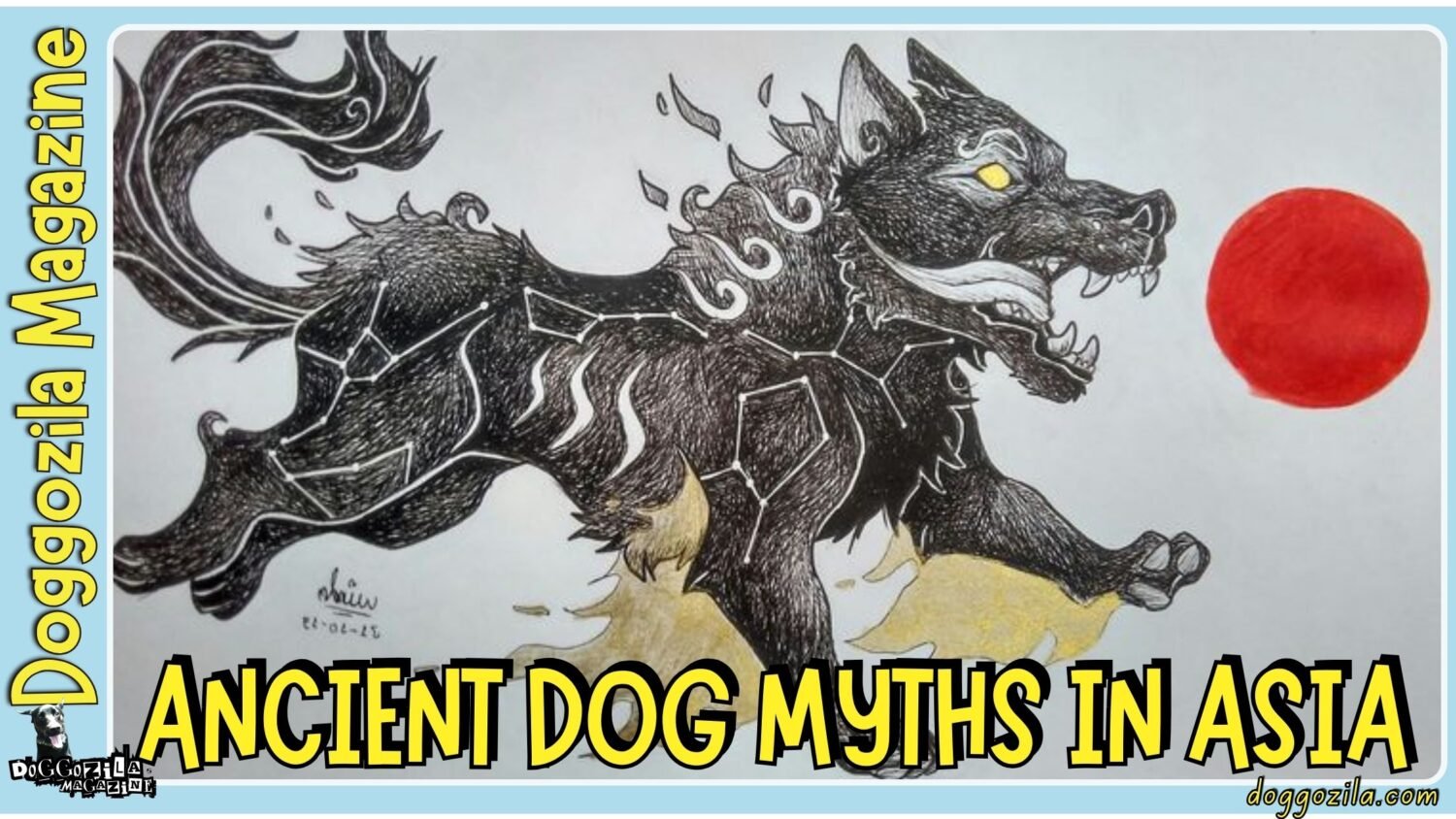Are you ready to unravel the secrets behind dog behavior and their human relationships? Every interaction, every walk, every moment shared with your beloved pet is shaping their demeanor and reactions. In our comprehensive guide, we will show you a study that reveals how humans have impact on the dog aggression. We will delve deep into the intricate dynamics that influence your furry friend’s behavior.

UNLOCKING THE TRUTH: HOW HUMANS IMPACT ON DOG AGGRESSION
Gone are the days of attributing dog aggression solely to breed traits. Our guide challenges conventional beliefs, drawing insights from a groundbreaking study by the University of São Paulo. From the critical role of social and environmental factors to the complexities of dog personalities beyond genetics, we provide a fresh perspective on fostering a harmonious relationship with your canine companion.
Prepare to explore the multifaceted nature of the human-animal bond, understand the significance of empathy in dog interactions, and empower your pet through positive reinforcement training. Join us on this enlightening journey to unlock the key to a healthier, happier bond with your four-legged friend.
Social and Environmental Factors vs. Breed in Determining Dog Aggression
As a dog owner, understanding the factors that influence your furry friend’s behavior is crucial. One common challenge that many pet parents face is dog aggression. While it’s often believed that a dog’s breed is the primary determinant of aggressive tendencies, recent studies suggest that social and environmental factors play a more critical role in shaping dogs’ behavior.
The Misconception of Breed-Specific Dog Aggression
For years, certain breeds have been stigmatized as inherently aggressive, leading to breed-specific legislation and widespread misconceptions. However, a growing body of research challenges this notion, revealing that a dog’s breed alone does not predict its likelihood of displaying aggressive behavior.
The Influence of Socialization and Environment
Socialization plays a vital role in a dog’s development and behavior. Dogs that are exposed to a variety of positive experiences, people, and other animals during their critical socialization period (between 3 and 16 weeks of age) are more likely to grow up well-adjusted and confident.
On the other hand, dogs that lack proper socialization or experience negative interactions during this crucial stage may develop fear, anxiety, and potentially aggressive behaviors.
The Impact of Dog Training and Handling Aggression
The way a dog is trained and handled by its owner significantly influences its behavior. Positive reinforcement training, which focuses on rewarding desired behaviors, has been shown to foster a strong bond between dog and owner while reducing the likelihood of dog aggression.
Conversely, punishment-based training methods, such as yelling, hitting, or using aversive tools like shock collars, can create fear and anxiety in dogs, potentially leading to aggressive responses.
🔑 Key Points: While breed may play a minor role in a dog’s behavior, social and environmental factors, such as socialization, training, and handling, are the primary determinants of dog aggression.
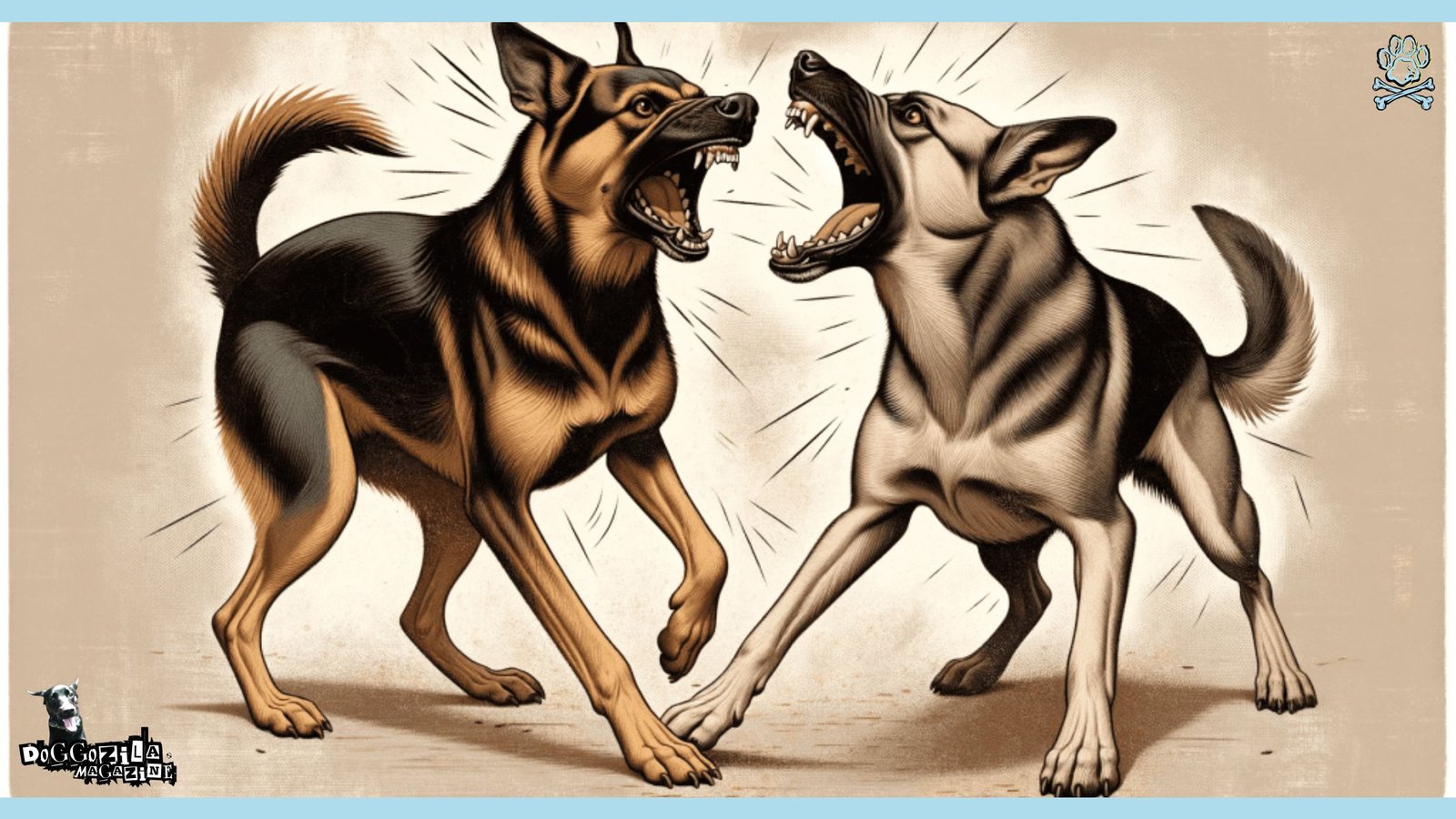
UNDERSTANDING DOG PERSONALITIES: BEYOND GENETIC MAKEUP
Delving into the fascinating world of canine stress and personalities requires a comprehensive understanding that goes beyond genetic makeup. While dog breeders may focus on specific traits, it’s essential to recognize that each dog is a unique individual with its own personality, shaped by a complex interplay of factors.
The Role of Dog Neuroscience
Canine neuroscience has shed light on the intricacies of dog behavior and cognition. By studying how dogs process information, respond to stimuli, and form attachments, researchers have gained valuable insights into the development of canine personalities.
Nature vs. Nurture
While genetics play a role in a dog’s temperament, it’s the combination of nature and nurture that ultimately shapes their personality. Early life experiences, socialization, and the environment in which a dog is raised significantly impact their behavior and emotional well-being.
Practical Techniques for Understanding Your Dog
To better understand your dog’s personality, observe their behavior in various situations. Take note of their reactions to new people, animals, and environments. Are they confident and curious, or do they exhibit signs of fear or anxiety?
Engage in positive reinforcement training and observe how your dog responds to different cues and rewards. This will give you valuable insights into their learning style and motivations.
🔑 Key Points: Dog personalities are shaped by a complex interplay of genetic, environmental, and experiential factors, requiring a comprehensive approach to understanding and nurturing each individual dog.
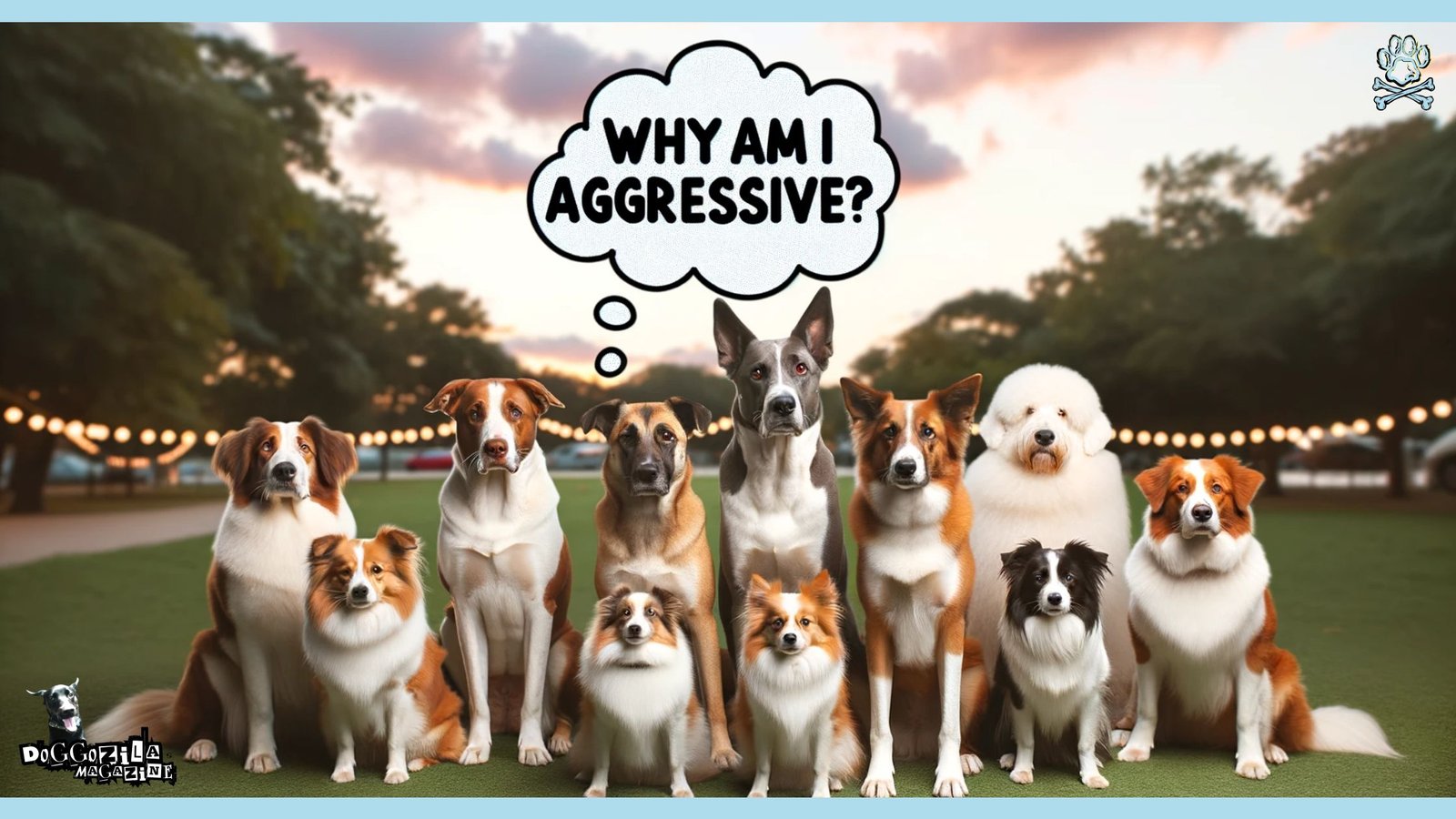
INSIGHTS FROM THE UNIVERSITY OF SÃO PAULO STUDY ON DOG AGGRESSION
The University of São Paulo’s groundbreaking study has shed new light on the critical role of human-dog relationships in shaping canine behavior. The research findings challenge conventional wisdom about breed-specific dog aggression and highlight the importance of understanding the world of dog training and behavior modification.
Debunking Breed Stereotypes About Dog Aggression
One of the study’s most significant revelations is that a dog’s breed is not a reliable predictor of the dog aggression. The researchers found that factors such as socialization, training, and the owner’s behavior have a far greater impact on a dog’s propensity for aggressive behavior than their genetic makeup.
This finding challenges long-held stereotypes about certain breeds being inherently aggressive and emphasizes the need for a more nuanced understanding of dog behavior.
The Importance of Early Socialization
The study underscores the crucial role of early socialization in preventing aggressive behavior in dogs. Puppies that are exposed to a wide variety of people, animals, and environments during their critical socialization period (between 3 and 16 weeks of age) are less likely to develop fear-based dog aggression later in life.
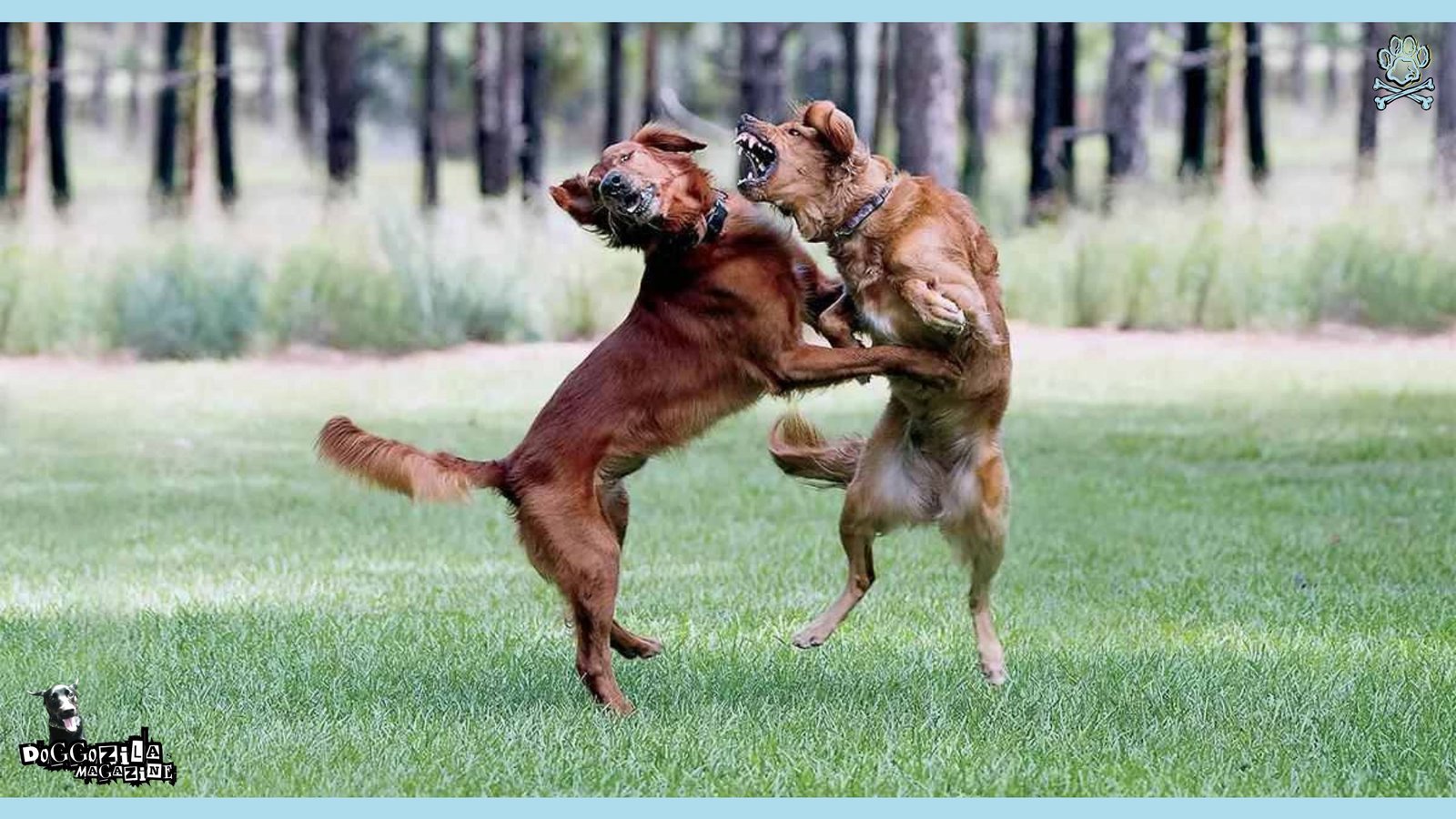
Positive Reinforcement Training
The researchers also highlight the effectiveness of positive reinforcement training in reducing aggressive behavior in dogs. By rewarding desired behaviors and avoiding punishment-based techniques, owners can foster a strong bond with their dogs and promote calm, confident demeanors.
Case Study: Lucy the Labrador Retriever
To illustrate the impact of socialization and training on a dog’s behavior, let’s consider the case of Lucy, a Labrador Retriever. Lucy’s owners, Mark and Sarah, adopted her as a puppy and were committed to providing her with a well-rounded upbringing.
From a young age, Lucy was exposed to a variety of people, animals, and environments. Mark and Sarah took her to puppy socialization classes, where she learned to interact appropriately with other dogs and humans. They also enrolled her in positive reinforcement training classes, where she learned basic obedience skills and good manners.
As a result of her early socialization and training, Lucy grew up to be a confident, friendly, and well-behaved dog. Despite the stereotype of Labrador Retrievers being prone to jumping and oral behaviors, Lucy never exhibited aggressive tendencies.
🔑 Key Points: The University of São Paulo study highlights the critical role of socialization, training, and human-dog relationships in shaping canine behavior, challenging breed stereotypes and emphasizing the importance of positive reinforcement techniques.
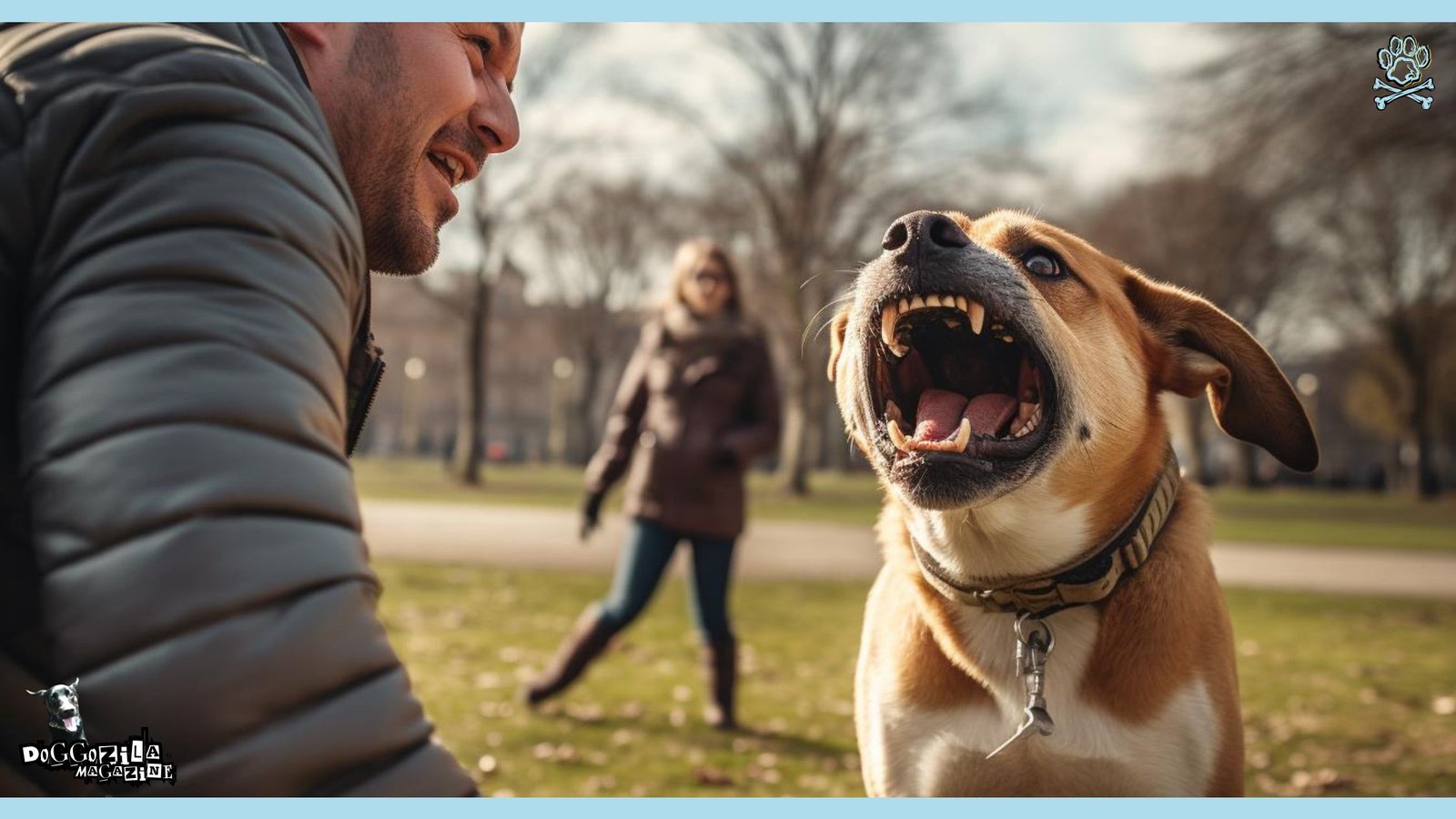
THE ROLE OF DAILY WALKS AND OWNER GENDER IN DOG BEHAVIOR AND AGGRESSION
Among the many factors that influence a dog’s behavior, daily walks and owner gender have emerged as significant contributors. The University of São Paulo study sheds light on how these seemingly simple aspects of dog ownership can have a profound impact on canine stress levels and overall behavior.
The Benefits of Daily Walks for Dog Aggression
The study found that dogs who are taken on daily walks exhibit lower levels of aggression and are less likely to display destructive behaviors. Regular exercise not only provides physical stimulation but also offers mental enrichment, helping to reduce stress and anxiety in dogs.
Case Study: Max the Energetic Beagle
Max, a high-energy Beagle, was prone to destructive chewing and excessive barking when left alone. His owner, Jane, worked long hours and often skipped walks due to her busy schedule. As a result, Max’s behavior began to deteriorate, and he became increasingly difficult to manage.
After consulting with a dog trainer, Jane learned about the importance of daily walks for Max’s well-being. She committed to taking him on a 30-minute walk every morning before work and another in the evening. To her surprise, Max’s destructive behaviors decreased significantly, and he became more relaxed and content at home.

The Influence of Owner Gender
The study also revealed that dogs owned by women tend to exhibit lower levels of aggression compared to those owned by men. This finding suggests that the way owners interact with their dogs can have a significant impact on their behavior.
Practical Techniques for Stress Reduction
In addition to daily walks, there are several practical techniques that owners can use to reduce long-term stress in their dogs:
- Positive Reinforcement Training: By focusing on rewarding desired behaviors, owners can foster a strong bond with their dogs and promote calm, confident demeanors.
- Providing Mental Stimulation: Engage your dog in puzzle toys, scent games, and other mentally stimulating activities to keep their mind occupied and reduce stress.
- Creating a Safe Space: Ensure that your dog has a quiet, comfortable space to retreat to when they feel overwhelmed or anxious.
🔑 Key Points: Daily walks and owner interactions play a critical role in reducing long-term stress and promoting positive behavior in dogs, with practical techniques such as positive reinforcement training and mental stimulation proving effective.
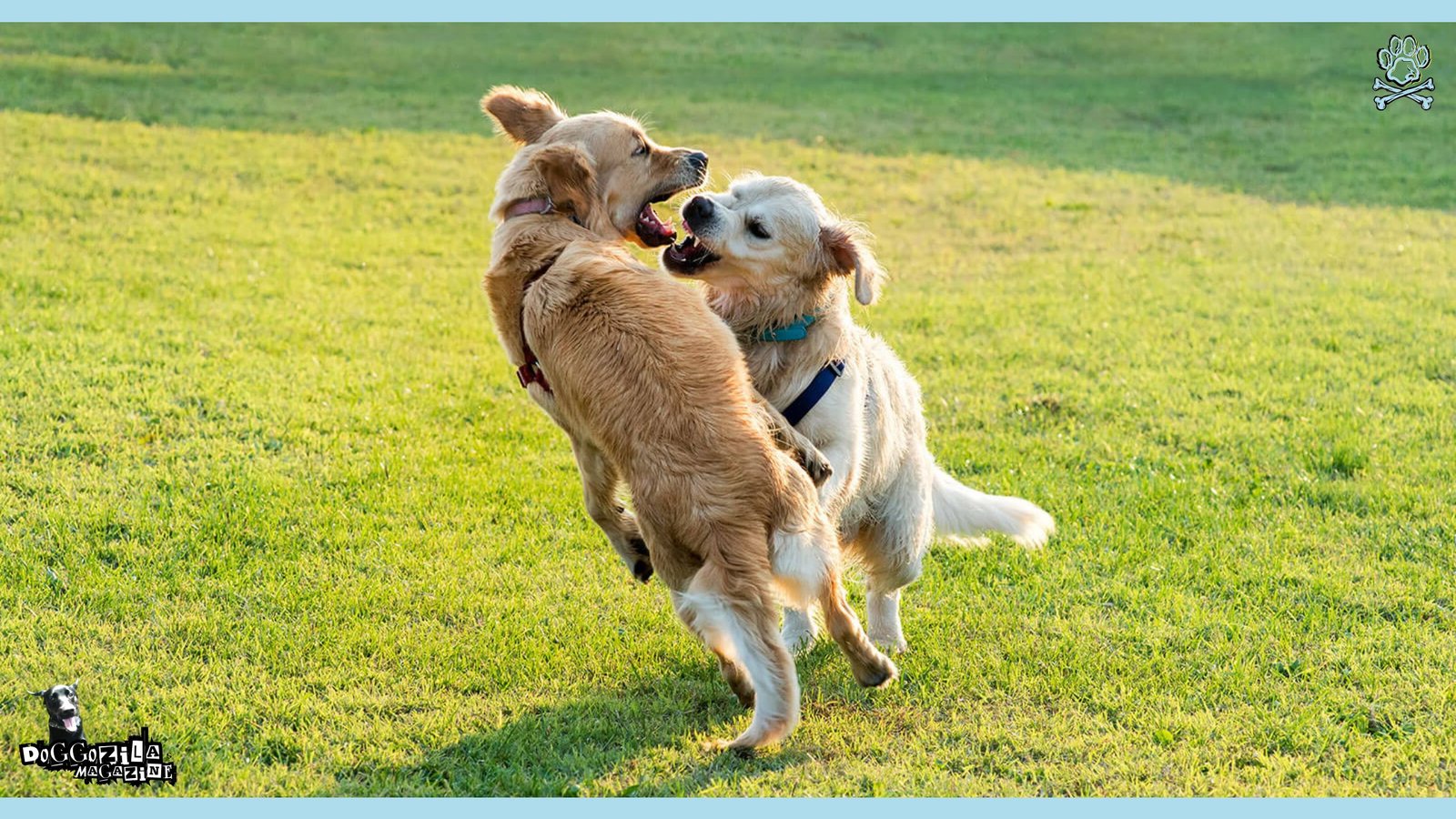
A FRESH PERSPECTIVE ON DOG BREEDS AND AGGRESSION
The University of São Paulo study challenges common misconceptions about dog breeds and aggression, offering a fresh perspective on understanding dog behavior. By delving into the complexities of dog personalities and the factors that shape them, the study provides valuable insights for dog owners and enthusiasts alike.
Challenging Breed Stereotypes About Dog Aggression
One of the most significant findings of the study is that a dog’s breed is not a reliable predictor of aggressive behavior. This revelation challenges long-held stereotypes about certain breeds being inherently aggressive, such as Pit Bulls or Rottweilers.
The researchers found that factors such as socialization, training, and owner behavior have a far greater impact on a dog’s propensity for aggression than their genetic makeup. This means that any dog, regardless of breed, can be well-behaved and non-aggressive with proper care and training.
The Importance of Individual Personality
The study emphasizes the importance of recognizing each dog as an individual with a unique personality. Just as humans have diverse temperaments and traits, dogs too have their own personalities that are shaped by a complex interplay of genetic, environmental, and experiential factors.
By focusing on understanding and nurturing each dog’s individual needs, owners can foster a stronger bond with their furry companions and promote positive behavior.
Case Study: Bella the Misunderstood Pit Bull
Bella, a gentle and affectionate Pit Bull, faced discrimination and fear from people who judged her based on her breed. Her owner, Mark, often struggled to find housing that would allow Pit Bulls and encountered negative reactions from strangers during walks.
Despite the stereotypes surrounding her breed, Bella was a well-socialized and trained dog who had never shown any signs of aggression. Mark made it his mission to educate others about the importance of judging dogs as individuals rather than making assumptions based on breed.
Through positive interactions and demonstrations of Bella’s gentle nature, Mark slowly began to change people’s perceptions of Pit Bulls and showcased the importance of understanding each dog’s unique personality.
🔑 Key Points: The University of São Paulo study offers a fresh perspective on dog breeds and aggression, challenging stereotypes and emphasizing the importance of recognizing each dog as an individual with a unique personality shaped by various factors beyond breed alone.
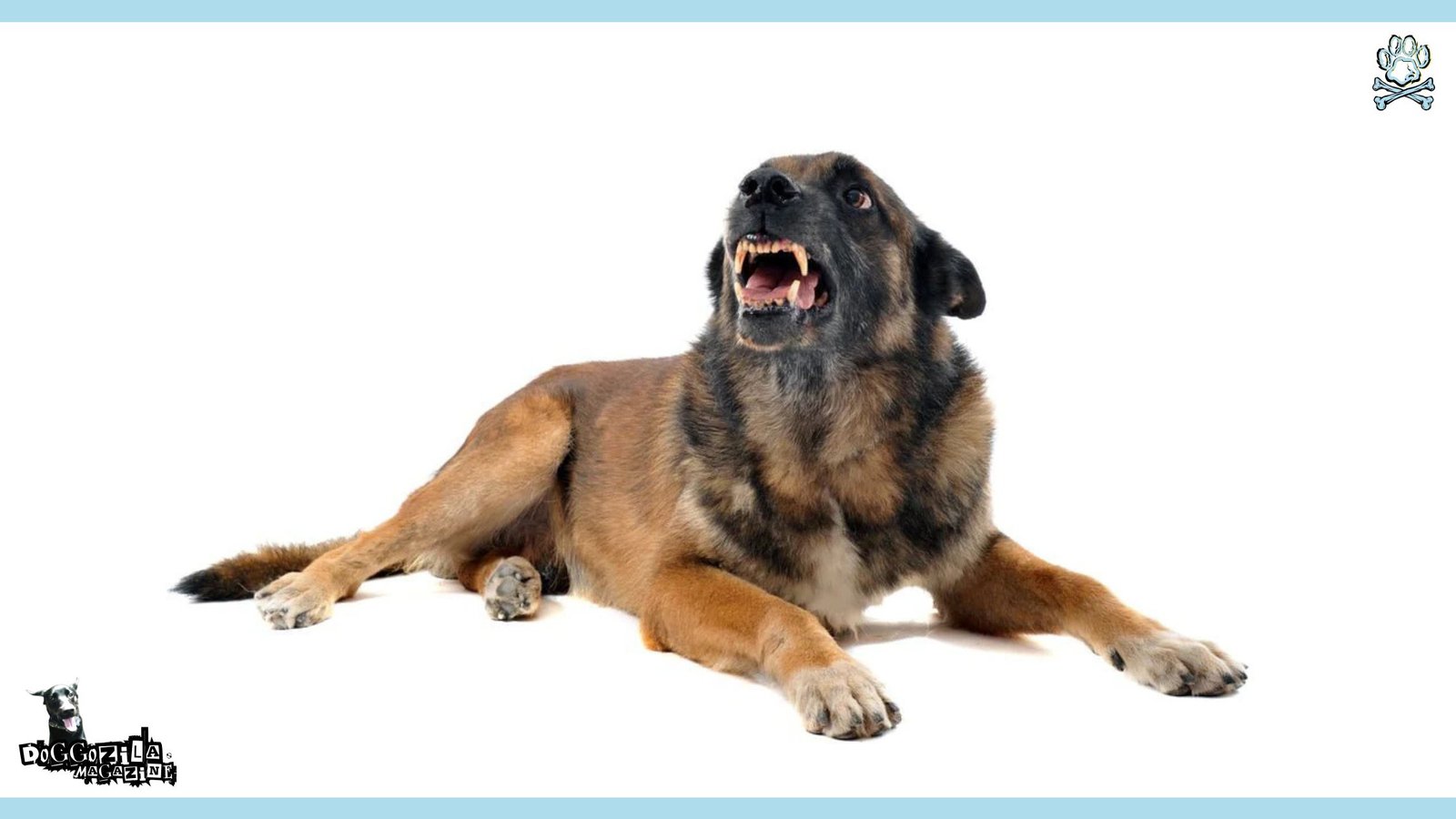
THE HUMAN-DOG RELATIONSHIP: TWO SIDES OF THE STORY
The human-dog relationship is a complex and multifaceted bond that plays a critical role in shaping canine behavior. As the University of São Paulo study suggests, the way humans interact with their dogs can have a profound impact on their well-being and behavior. To foster a healthy and harmonious relationship, it’s essential to consider both sides of the story: the human perspective and the dog’s experience.
The Human Perspective
From the human perspective, a strong bond with a dog can provide companionship, emotional support, and unconditional love. Many dog owners view their furry friends as family members and develop deep attachments to them.
However, it’s crucial for owners to recognize that their own behavior and attitudes towards their dogs can significantly influence canine behavior. Positive reinforcement training, consistent boundaries, and providing a stable, loving home environment are key to promoting a well-adjusted and happy dog.
The Dog’s Experience
On the other side of the relationship, dogs rely on their human companions for their physical, emotional, and social needs. They thrive on clear communication, predictability, and a sense of security within their environment.
When dogs experience inconsistent or confusing interactions with their owners, they may develop anxiety, fear, or even aggression as a coping mechanism. It’s essential for owners to be attuned to their dog’s body language and emotional states, responding appropriately and providing the necessary support and guidance.
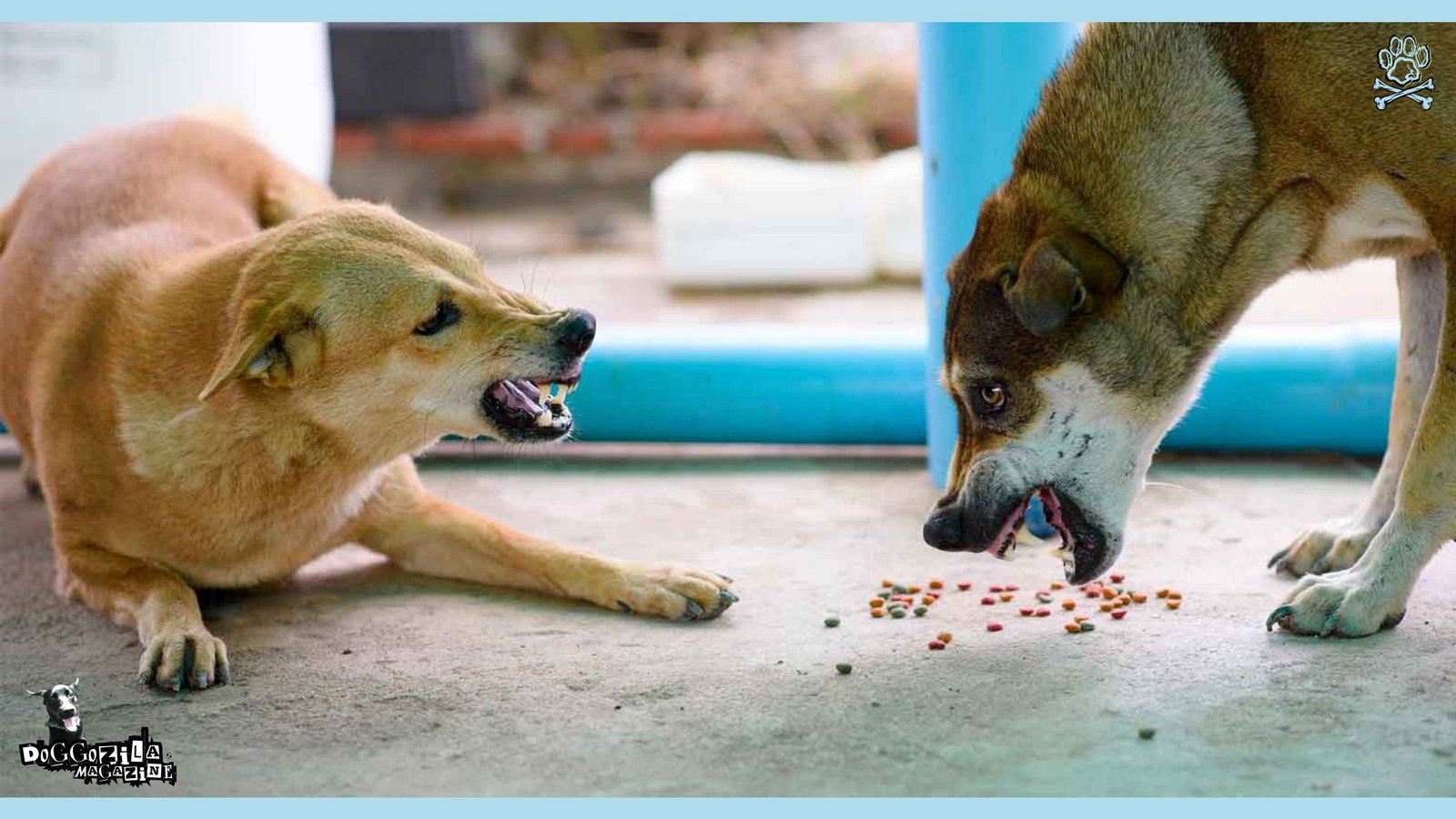
The Role of Empathy and Understanding
Fostering a strong, positive human-dog relationship requires empathy and a deep understanding of canine behavior. By putting ourselves in our dog’s paws and considering their perspective, we can better meet their needs and communicate effectively.
This involves taking the time to learn about dog body language, stress signals, and the impact of our own actions on our dog’s emotional well-being. By approaching the relationship with patience, compassion, and a willingness to learn, we can build a foundation of trust and understanding with our furry companions.
Case Study: Luna and Her Anxious Owner
Luna, a sensitive Border Collie, developed separation anxiety after her owner, Sarah, experienced a major life change. Sarah’s own stress and anxiety inadvertently affected Luna, who began to exhibit destructive behaviors and excessive vocalization when left alone.
Through working with a professional dog trainer, Sarah learned how to manage her own stress and create a more stable, predictable environment for Luna. By implementing a consistent routine, providing plenty of exercise and mental stimulation, and using positive reinforcement training techniques, Sarah helped Luna feel more secure and confident.
As Sarah developed a deeper understanding of Luna’s needs and worked on her own emotional regulation, their bond strengthened, and Luna’s anxiety began to improve. This case study highlights the interconnection of the human-dog relationship and the importance of considering both sides of the story when addressing behavioral concerns.
🔑 Key Points: The human-dog relationship is a complex, two-way bond that requires empathy, understanding, and a willingness to learn from both the human and canine perspectives to foster a healthy, harmonious partnership.
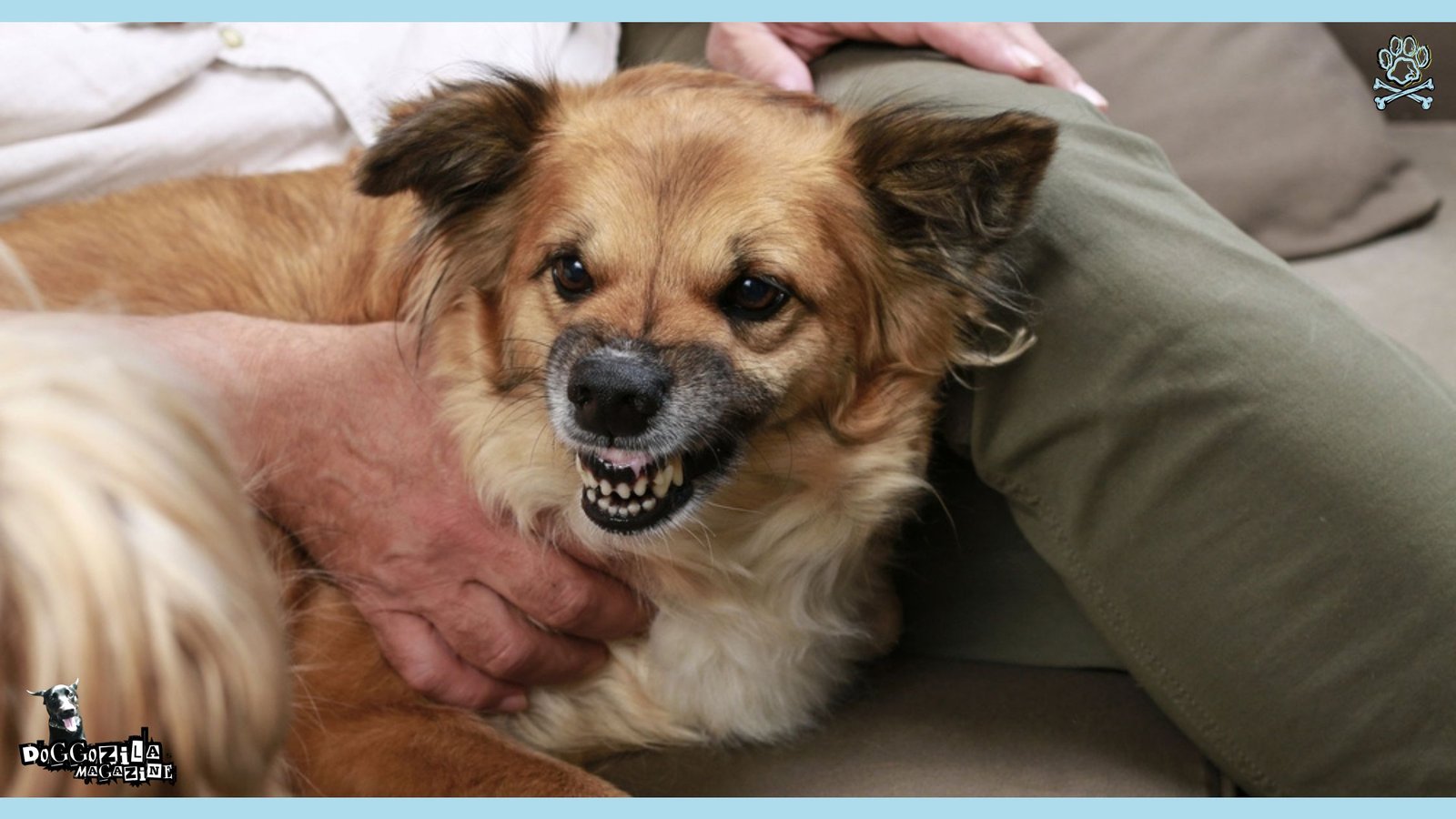
EXPLORING THE MULTIFACETED NATURE OF HUMAN-ANIMAL BONDS
The human-animal relationship is a fascinating and complex topic that encompasses a wide range of emotional, psychological, and social factors. At the heart of this bond lies the concept of empathy, which allows us to understand and share the feelings of another being, including our furry companions.
The Role of Empathy in Human-Animal Relationships
Empathy is a key component in building strong, positive relationships with animals. When we take the time to observe and understand our dog’s body language, emotional states, and unique personality, we can respond in a way that meets their needs and strengthens our bond.
By putting ourselves in our dog’s paws and considering their perspective, we can develop a deeper appreciation for their experiences and adapt our own behavior to create a more harmonious relationship.
The Impact of Attachment and Anthropomorphism
Attachment, or the emotional bond between a human and their dog, plays a significant role in shaping the human-animal relationship. When we form strong attachments to our dogs, we are more likely to invest time and energy into their well-being, training, and overall happiness.
However, it’s important to recognize the potential pitfalls of anthropomorphism, or attributing human characteristics and emotions to animals. While it’s natural to want to interpret our dog’s behavior through a human lens, it’s crucial to remember that dogs have their own unique cognitive abilities, motivations, and communication styles.
Building a Relationship Based on Trust and Understanding
To foster a healthy, balanced human-animal bond, it’s essential to approach the relationship with a deep understanding of dog behavior and cognition. This involves educating ourselves about dog body language, learning theory, and the impact of our own actions on our dog’s emotional well-being.
By building a relationship based on trust, clear communication, and positive reinforcement, we can create a strong foundation for a lifelong partnership with our furry friends.
Case Study: Maggie and Her Misunderstood Signals
Maggie, a young Golden Retriever, had a habit of jumping up on people when greeting them. Her owner, Tom, initially interpreted this behavior as a sign of affection and encouraged it by giving Maggie attention and praise whenever she jumped.
However, after attending a seminar on canine body language, Tom realized that Maggie’s jumping was actually a sign of excitement and arousal, and that his own responses were inadvertently reinforcing the behavior.
Armed with this new understanding, Tom began to work with Maggie on alternative greeting behaviors, such as sitting calmly for attention. By consistently rewarding the desired behavior and ignoring the jumping, Tom helped Maggie learn a more appropriate way to greet people, strengthening their bond in the process.
🔑 Key Points: The human-animal bond is a multifaceted relationship that requires empathy, understanding, and a deep appreciation for the unique cognitive abilities and communication styles of our canine companions.
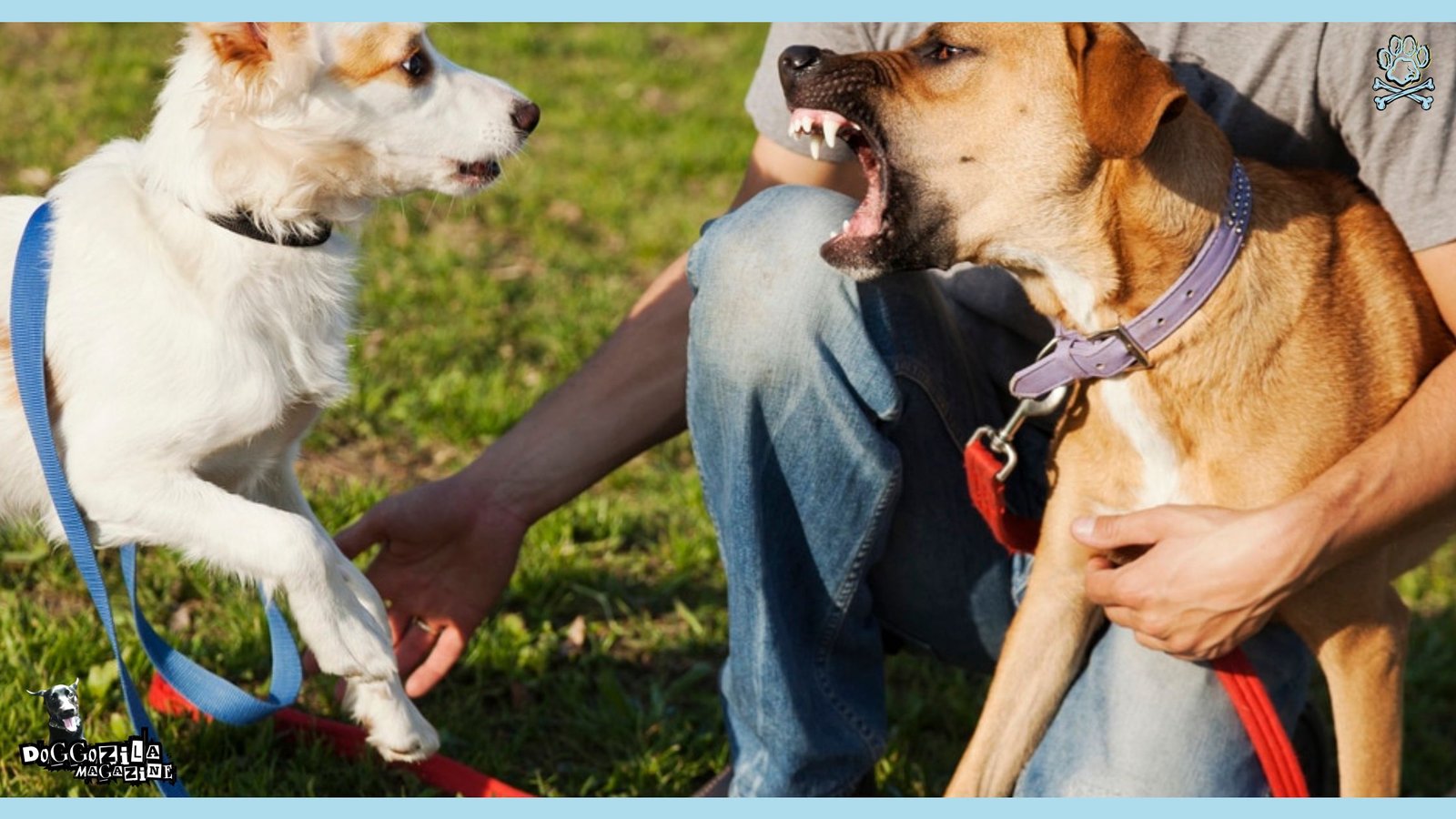
THE IMPORTANCE OF EMPATHY IN INTERACTION WITH DOGS
Empathy plays a crucial role in fostering positive interactions with dogs and building strong, trusting relationships. By putting ourselves in our dog’s paws and considering their perspective, we can develop a deeper understanding of their needs, emotions, and behaviors.
Recognizing and Responding to Dog Stress Signals and Aggression
One of the key aspects of empathy in dog interactions is the ability to recognize and respond appropriately to canine stress signals. Dogs communicate their emotional states through a variety of body language cues, such as yawning, lip licking, turning away, and tail tucking.
By familiarizing ourselves with these signals and learning to interpret them accurately, we can better support our dogs during potentially stressful situations and prevent escalation into aggression or fear-based behaviors.
The Significance of Clear Communication
Clear communication is another essential component of empathetic interactions with dogs. Dogs thrive on predictability and consistency, and they rely on their human companions to provide guidance and structure in their lives.
By using positive reinforcement techniques, such as reward-based training, we can effectively communicate our expectations and help our dogs understand what behaviors are desirable. This approach fosters a sense of trust and cooperation between human and dog, as the dog learns that good things happen when they engage in certain behaviors.
The Power of Positive Reinforcement
Positive reinforcement is a powerful tool in building empathetic relationships with dogs. By focusing on rewarding desired behaviors rather than punishing unwanted ones, we create a positive learning environment that encourages our dogs to repeat those behaviors in the future.
This approach not only strengthens the bond between human and dog but also helps to prevent the development of fear, anxiety, and aggression that can result from punishment-based training methods.
A Quick Summary About The Human Impact on Dog Aggression
Fostering a healthy human-dog relationship is the cornerstone of achieving a better coexistence with our beloved furry companions. Understanding the multifaceted nature of canine behavior and the impact of our interactions is key to shaping a harmonious bond.
By delving into the complex world of dog personalities and addressing factors influencing aggression, we unlock the truth behind canine behavior. Embracing empathy, clear communication, and positive reinforcement techniques empowers us to guide our dogs towards their full potential with love and care.
By incorporating science-backed methods and practical training techniques, we can address behavior challenges and nurture a strong bond based on trust and mutual understanding. As we navigate the world of dog ownership, let us remember that every interaction counts and every effort towards positive reinforcement reverberates in our canine companions’ well-being.
Thank you for joining us on this enlightening journey towards building lasting connections with our furry friends.
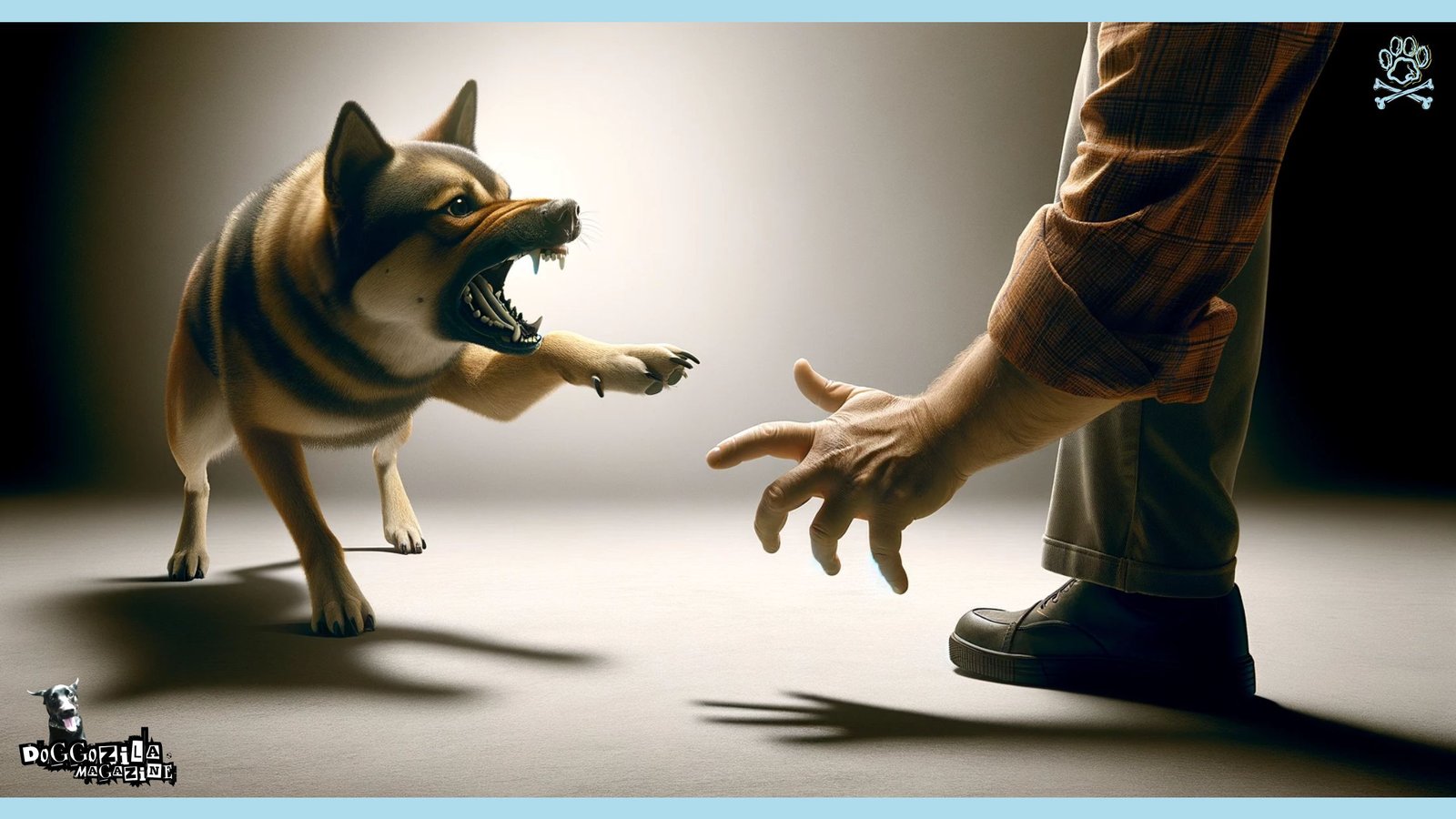
Let’s continue to learn, grow, and create a fulfilling partnership that enriches both our lives.

